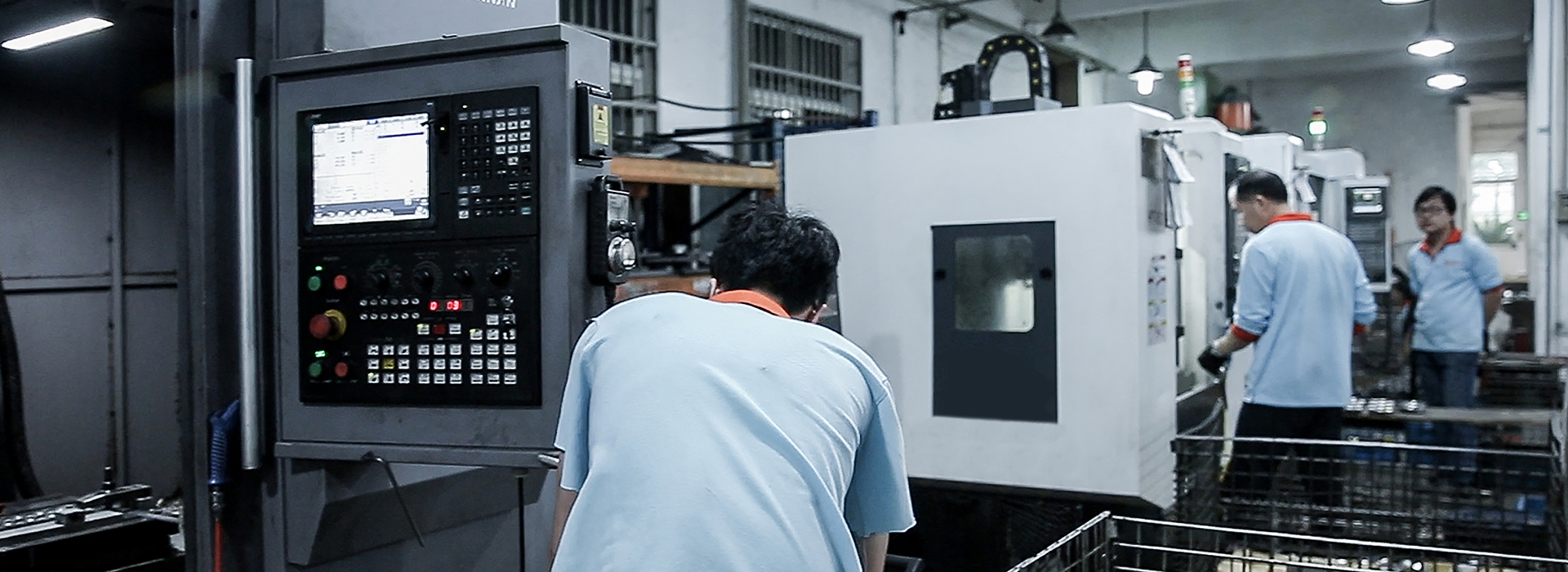
Stomatal:
1. Features discovery methods
Sieve-shaped pores: relatively evenly distributed on the whole most of the cross-section of the casting
Subcutaneous pores: 1~3mm the surface of the casting, there are densely distributed pores
It can be found by visual inspection, mechanical processing, shot blast cleaning magnetic flaw detection
2. Cause
When there is more gas content in the molten iron, the pouring temperature is too low, the gas evolved is enough to float up escape the casting
1) Increasing the nitrogen content in the molten iron can suppress the formation of ferrite, increase the volume fraction of pearlite, reduce the spacing of the pearlite sheets, increase the number of eutectic clusters, promote the formation of A-type graphite, thereby improving the mechanical properties of gray cast iron improving The overall performance of gray cast iron. But nitrogen needs to be in the proper range to play its role, too high nitrogen content will form nitrogen holes, resulting in scrap casting, generally require nitrogen content to be controlled at 100-450ppm.
2) The gas content of the furnace material itself is high, the corrosion is serious, there are many grease on the surface
3) Subcutaneous pinholes are mainly caused by hydrogen. Silicon can reduce the oxygen content in cast iron, but can increase the hydrogen content, so high silicon cast iron is prone to hydrogen pores. Pinholes are also easily produced when the charge contains aluminum aluminum oxide
4) The iron liquid bag does dry
5) Inoculant does dry
3. Prevention method
1) The charge should be properly managed. Stove materials with serious corrosion heavy oil on the surface can only be used after being cleaned treated
2) The charge with high gas content should be used after remelting regeneration
3) Appropriate amount of rare earth can be added in front of the furnace for degassing
4) Control the appropriate molten iron temperature pouring temperature
5) The hearth, forehearth molten iron bag need to be dried
6) When pouring, avoid the flow interruption
7) The inoculant should be fully warmed up
8) When pouring, the gas must be ignited